How to Clean Winter Boots so They’re Ready for Next Year
Winter boots must be kept clean and salt-free if they’re to be ready for use next year. You’ll have to ensure they’re given a thorough cleaning when you’re finished with them until the following winter.
Start by brushing off all dirt and mud, as this can dry out the leather and crack your boots. If your boots show salt stains, use warm water and white vinegar to remove the stains.
Once clean and blemish-free, you should condition your winter boots with leather oil to nourish and protect the leather for next year.
What You’ll Need to Clean Your Winter Boots

Giving your boots the proper cleaning will ensure a longer life and a better-looking boot and will help keep them waterproof and insulated. If you plan on storing your boots until next year, you’ll have to gather these items to make sure your boots are fit for another year.
- Bowl of water
- White vinegar
- Leather oil
- Microfiber cloth
- Suede brush
How to Clean Winter Boots (and Get Salt Stains Off)

Cleaning your winter boots should be something you do every month, as it keeps your boots in top condition. With leather boots, you’ll have to use leather oil to ensure they retain their waterproof properties.
Salt stains on your boots are easily removed using a simple homemade solution of two parts water and one part white vinegar.
Vinegar isn’t really leather-friendly and shouldn’t be left on the boots longer than necessary. If you’re putting your winter boots away for next year, follow these simple steps to clean, remove salt stains, and prepare your boots for storage.
Step 1: Thoroughly Clean Your Boots
Working outside in tough weather will soon have your winter boots caked in mud, snow, or sludge, and that’s the first thing you’ll need to remove if you’re packing them away until next year.
Start with a suede brush if your boots are roughout leather (or a horsehair brush for smooth leather boots) and get the boots as clean as possible. You can’t begin to remove salt stains or condition your boots with leather oil until they’re spotless. For stubborn or hard-to-reach areas, use a blunt knife to scrape away the dirt.
Step 2: Use Vinegar and Water to Remove Salt Stains
Winter boots are prone to salt stains, as you’ll often find yourself working in icy, snowy conditions. The more moisture your boots come into contact with, the more chance of salt stains.
Once your boots are clean, you can use a mixture of two parts water and one part white vinegar to remove any unsightly salt stains. Dip a clean microfiber cloth into the solution and start gently scrubbing at the stains.
You’ll see a huge difference quite quickly, as the acidic vinegar will soon remove stubborn salt stains. Vinegar isn’t a great product to let dry on your boots, even when watered down, as it can soak into the leather and dry it out.
Step 3: Condition and Restore the Leather
The final step in cleaning your winter boots is to ensure they’re ready for next year. Your final step will be to condition the leather using leather oil.
Many great products are available, though our preference is for Obenauf’s Leather Oil, as it’s proven to revitalize the leather with the natural oils it needs. We’ve even put together the perfect Boot Care Package. It contains everything you’ll need to prepare your boots for the next cold spell.
After using white vinegar to remove any salt stains, it’s doubly important to ensure the leather is re-invigorated, as vinegar can dry out the leather, causing it to crack. Obenauf’s leather oil comes with a handy applicator, but a microfiber cloth is perfect for getting into every corner of your boots.
Rub the leather oil evenly over the upper of your winter boots, gently massaging it into the leather. Once finished, you’ll need to leave your boots to dry naturally, allowing the oil to soak into the leather.
Once dry, check for any light patches, as this will show if you’ve missed any areas while oiling the leather. After reapplying oil if necessary, your boots will now be clean, salt-free, and fully ready for next year.
Prepping For Next Winter
After protecting your feet from the cold, rain, and snow through the winter months, we know just how important it is to have your boots in the best possible condition and ready for another year.
Cleaning your boots should be a regular routine, especially for winter boots, as they take much more abuse through the harsh conditions they’re often worn in.
After a tough season, you must give them the cleaning and conditioning they need, which is why we recommend Obenauf’s Leather Oil, even offering a bottle for free with your first purchase to everyone who signs up for the JK Boots Newsletter.
If you’re tired of looking at your old boots and want the toughest winter boot on the market, check out the JK Arctic No.1 (or the Arctic No. 2 for really cold temps).
FAQs
Can I put my winter boots in the washing machine?
Always avoid putting winter boots in the washing machine as it can ruin your boots and potentially break your washing machine. Leather shouldn’t be spun in a washing machine as it saturates the leather and can cause the boot to lose shape or even split it.
How do you clean winter shoes at home?
You can clean winter shoes at home using a suede brush to remove any dry mud or dirt and then clean the boots with warm soapy water. Once the shoes are debris-free, you can use a leather conditioner to ensure they remain waterproof. Always clean winter shoes by hand, and avoid machine washing as this can ruin the shape and damage the materials the shoes are made of.
How do you get the smell out of winter boots?
The quickest way to remove smells from winter boots is to use a boot freshener. Deodorizing sneaker balls work well, as does the home remedy of using three tablespoons of baking soda and a tablespoon of cornstarch. Place the mixture into a sock, and leave it in your boots overnight to absorb any moisture and odors inside your boots.




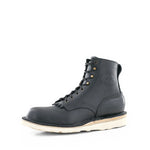
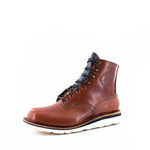
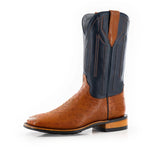
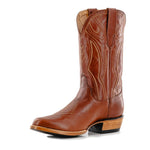




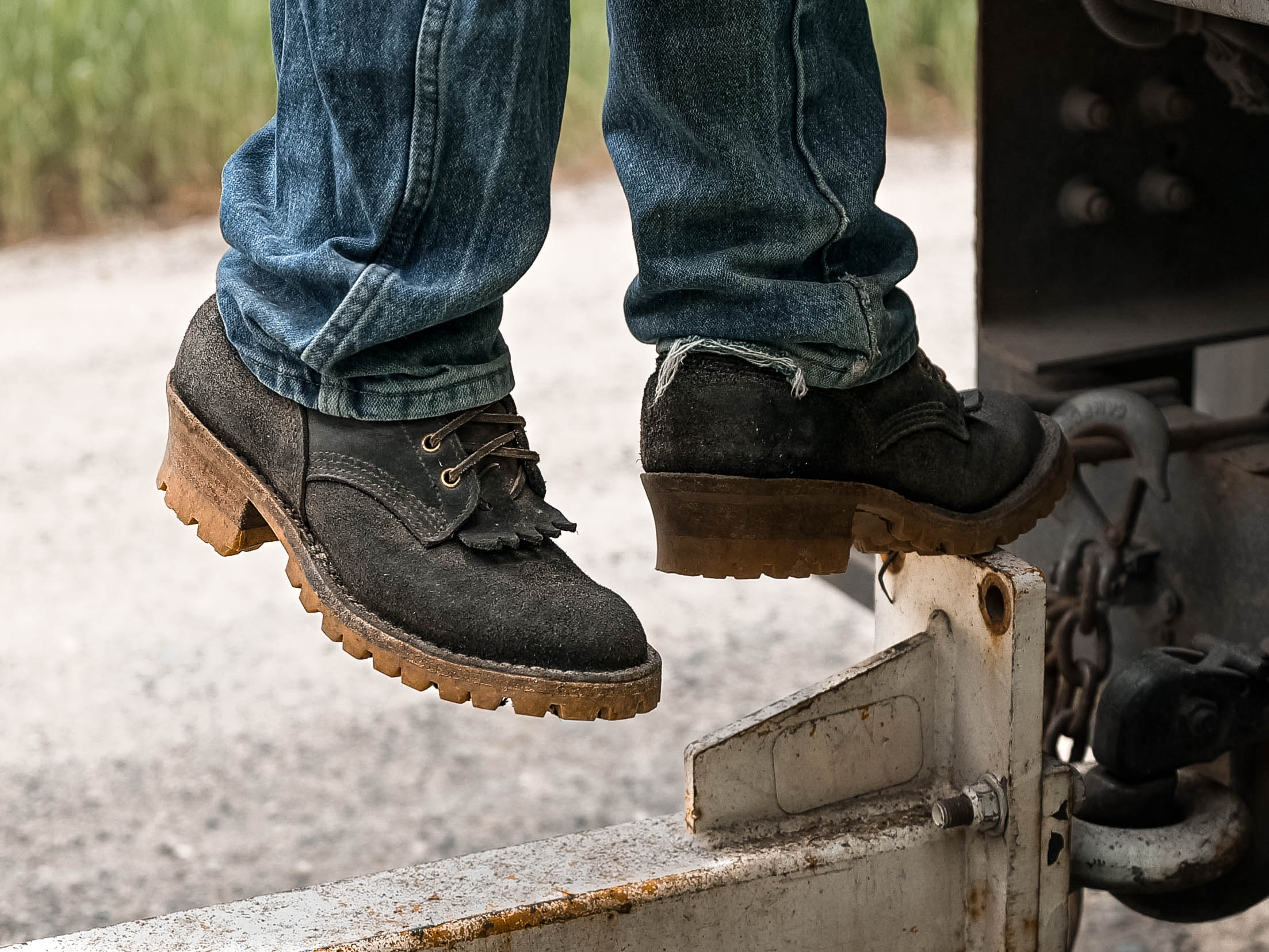
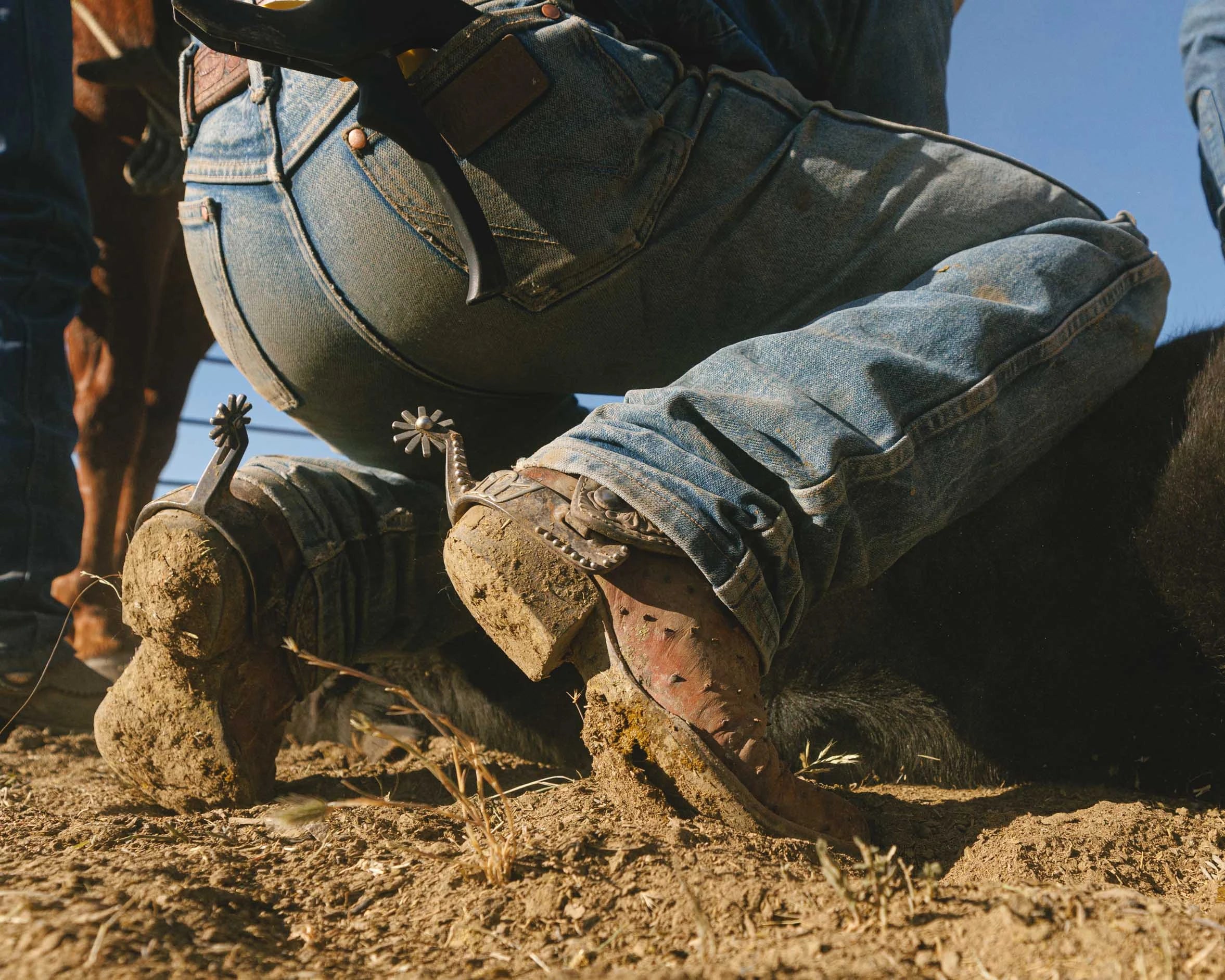
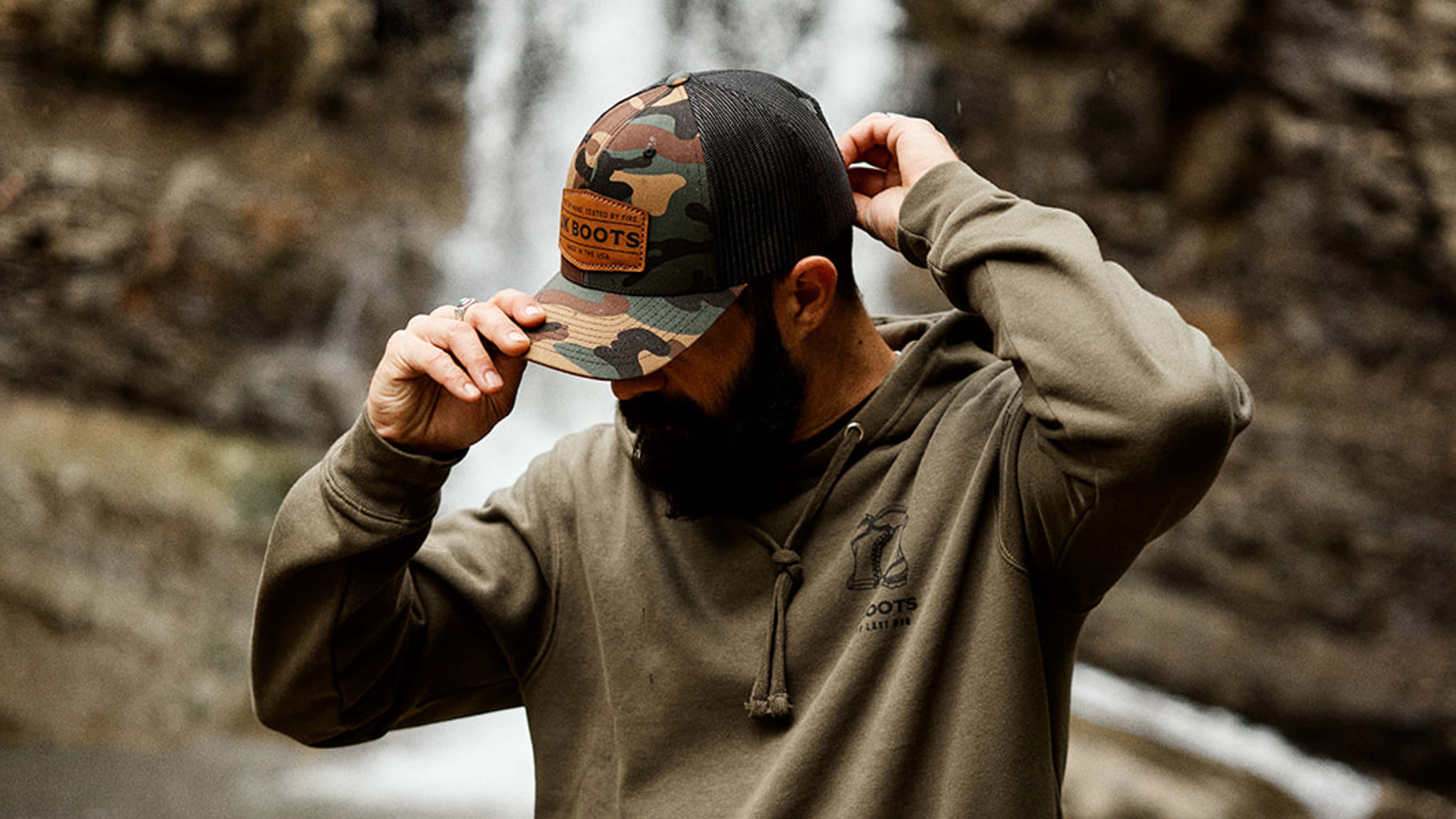
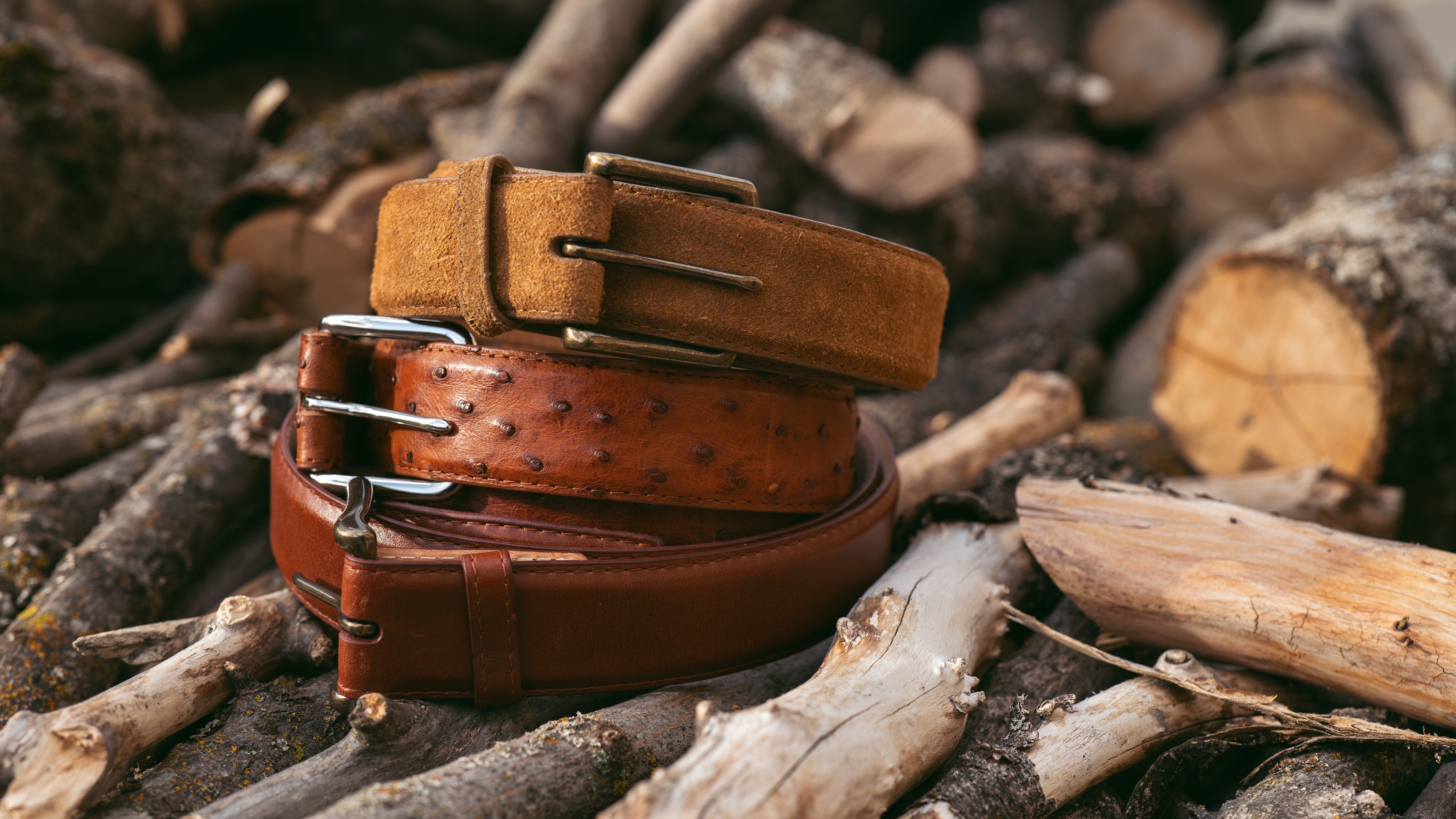

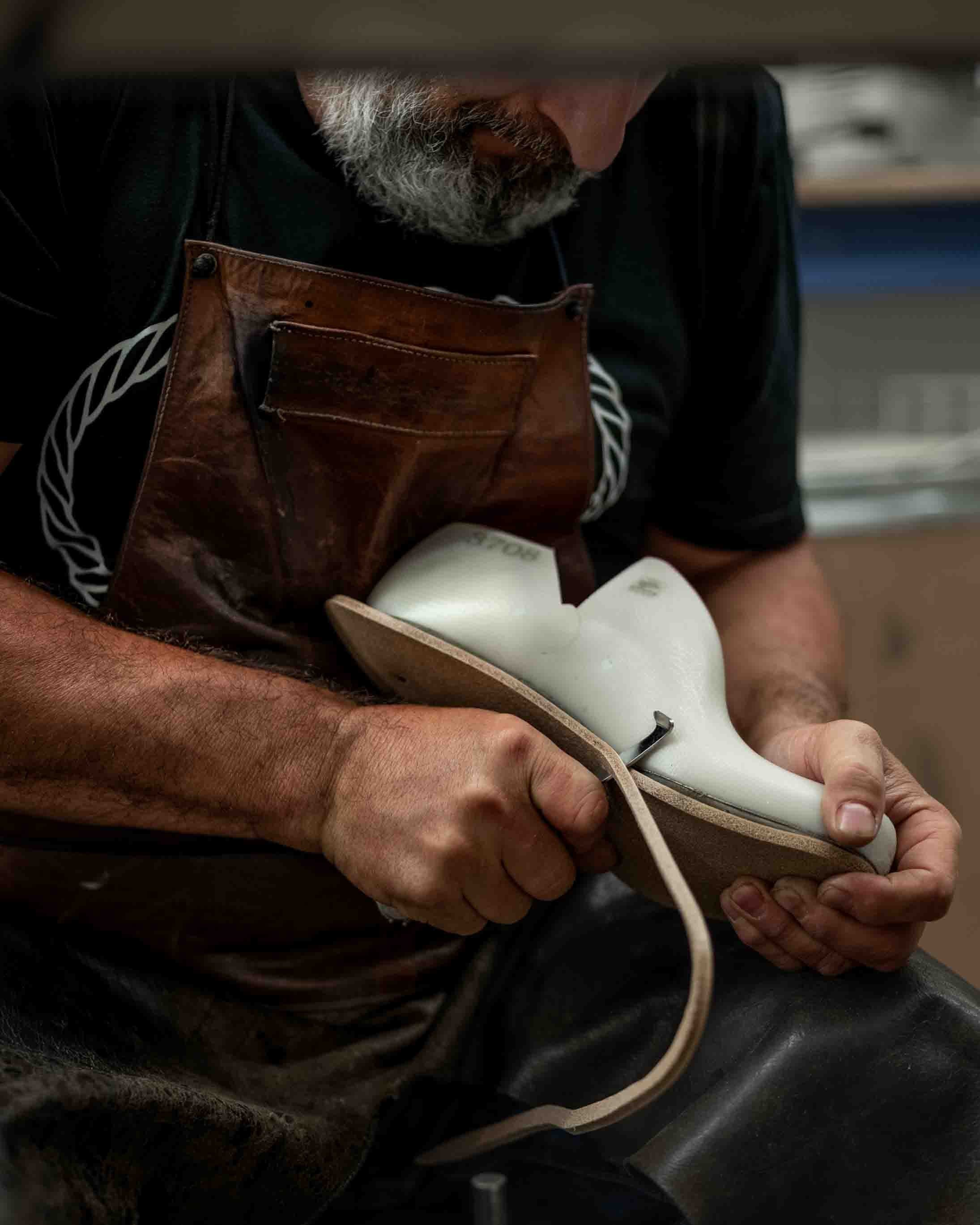

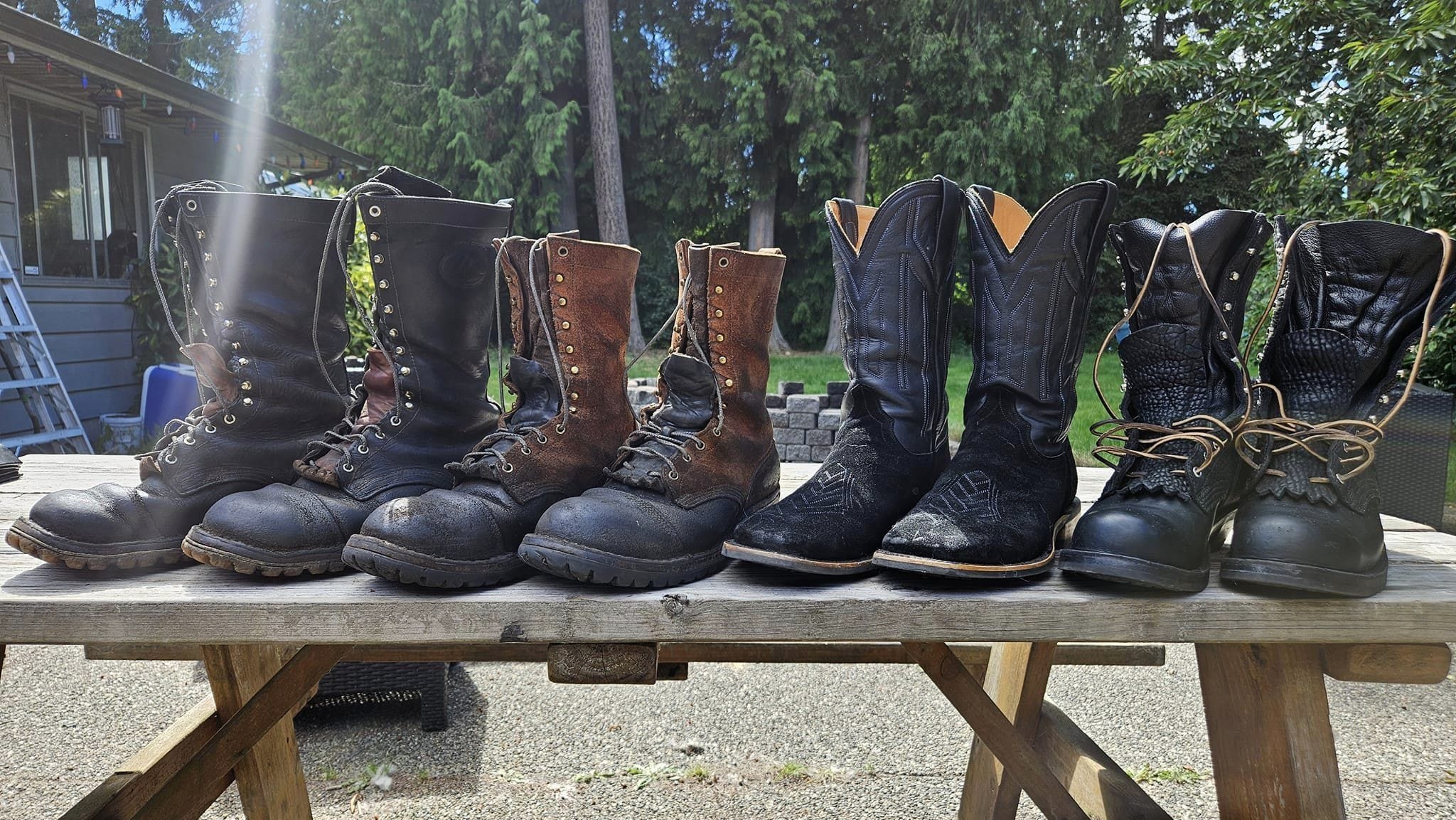
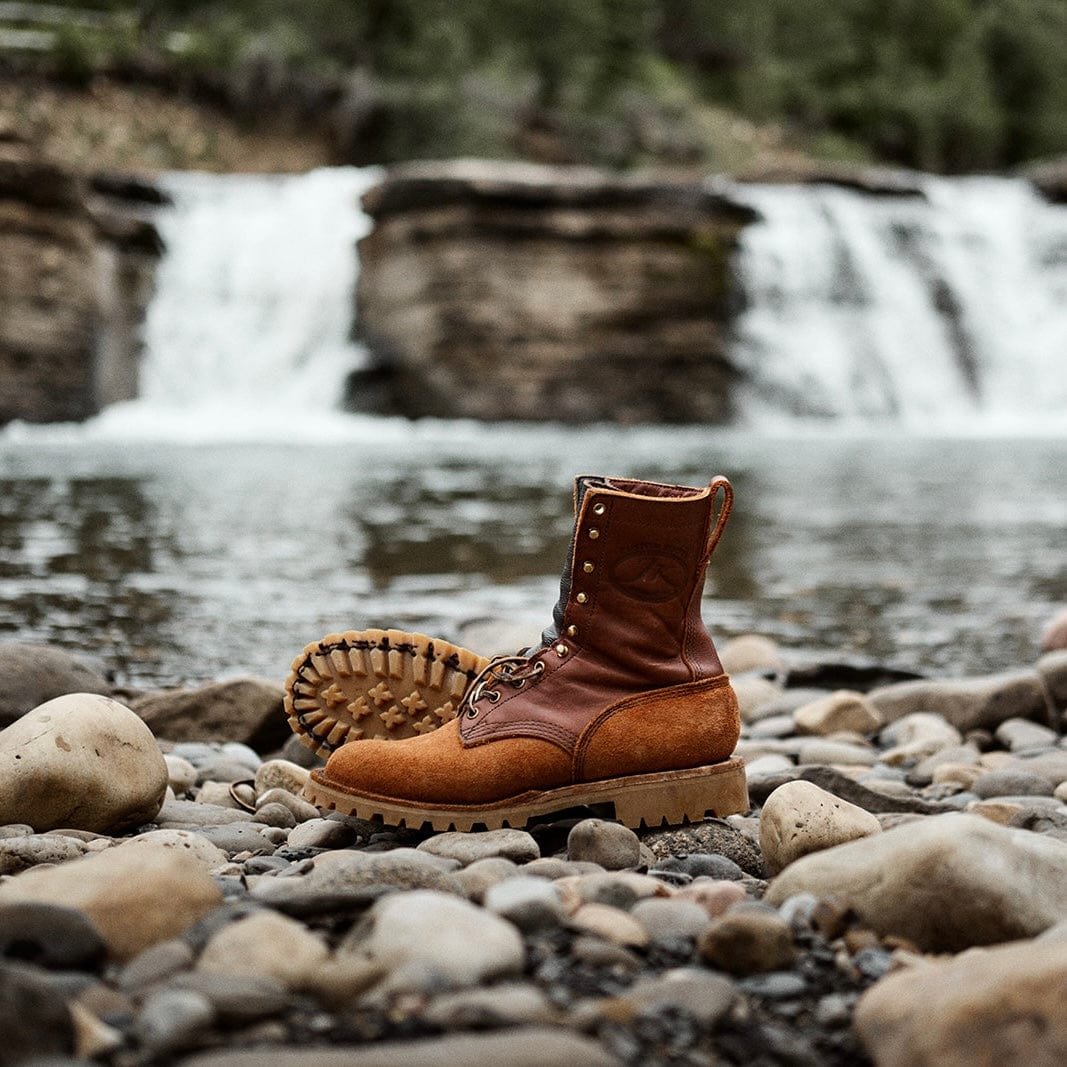
Leave a comment